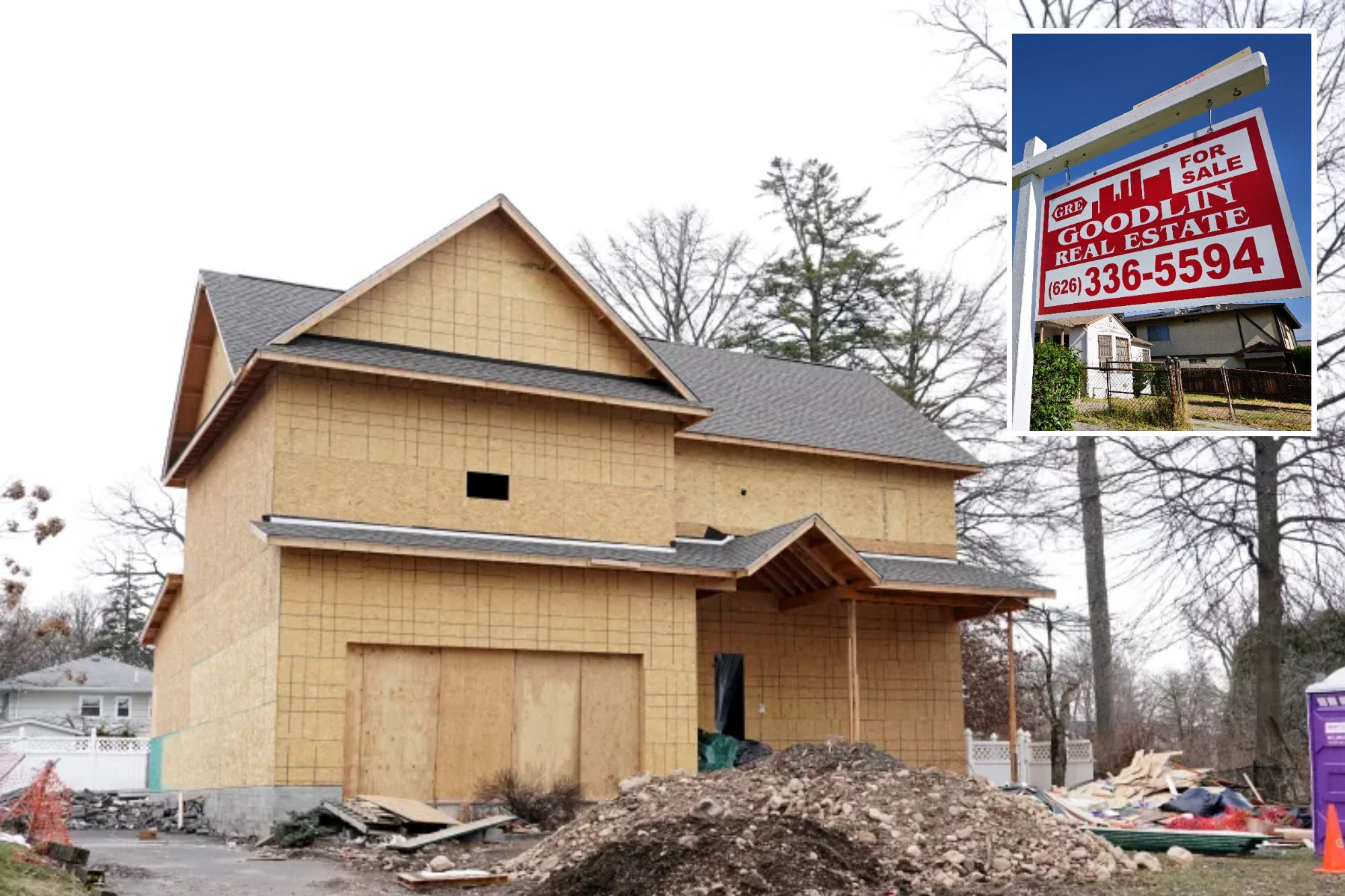
US single-family homebuilding tumbled in March, and while new construction remains underpinned by a severe shortage of previously owned houses for sale, a resurgence in mortgage rates is pushing potential buyers to the sidelines.
The report from the Commerce Department on Tuesday also showed permits for future construction of single-family houses fell to a five-month low.
Residential investment rebounded in the second half of 2023 after contracting for nine straight quarters, the longest such stretch since the housing market collapse in 2006. But the recovery appears to be losing steam.
“The housing recovery has stalled for now as home builder expectations of sharply lower interest rates this year have faded,” said Christopher Rupkey, chief economist at FWDBONDS. “One thing is for certain, and that is home prices are going to be on an upward, more unaffordable trend without more supply.”
Single-family housing starts, which account for the bulk of homebuilding, dropped 12.4% to a seasonally adjusted annual rate of 1.022 million units last month, the Commerce Department’s Census Bureau said.
Data for February was revised higher to show single-family starts rebounding to a rate of 1.167 million units instead of the previously reported 1.129 million units.
Single-family home building increased 21.2% on a year-on-year basis in March.
The latest government data showed there were 757,000 housing units on the market in the fourth quarter, well below the 1.145 million units before the COVID-19 pandemic.
A survey from the National Association of Home Builders (NAHB) on Monday showed confidence among single-family home builders was unchanged at an eight-month high in April. The NAHB said “buyers are hesitating until they can better gauge where interest rates are headed.”
The average rate on the popular 30-year fixed-rate mortgage has drifted up towards 7%, data from mortgage finance agency Freddie Mac showed, as strong reports on the labor market and inflation suggested the Federal Reserve could delay an anticipated rate cut this year.
A few economists doubt that the central bank will lower borrowing costs in 2024.
The Fed has kept its policy rate in the 5.25%-5.50% range since July.
It has raised the benchmark overnight interest rate by 525 basis points since March of 2022.
Housing completions decline
Single-family homebuilding dropped in the Northeast, Midwest and the densely populated South, but rose in the West.
Starts for housing projects with five units or more plunged 20.8% to a rate of 290,000 units.
Overall housing starts plummeted 14.7%, the biggest drop since April 2020, to a rate of 1.321 million units in March.
Economists polled by Reuters had forecast starts would fall to a rate 1.487 million units.
Permits for future construction of single-family homes fell 5.7% to a rate of 973,000 units in March, the lowest level since last October.
Multi-family building permits were unchanged at a rate of 433,000 units.
Building permits as a whole dropped 4.3% to a rate of 1.458 million units, the lowest level since last July.
The number of houses approved for construction that were yet to be started rose 0.7% to 273,000 units in March.
The single-family homebuilding backlog was unchanged at 141,000 units.
The completions rate for that housing segment declined 10.5% to 947,000 units.
Overall housing completions decreased 13.5% to a rate of 1.469 million units.
Realtors estimate that housing starts and completion rates need to be in a range of 1.5 million to 1.6 million units per month over time to bridge the inventory gap.
The number of housing units under construction slipped 0.9%to a rate of 1.646 million units.
The inventory of single-family housing under construction increased 0.3% to a rate of 689,000 units.
The stock of multi-family housing under construction dropped 1.8% to 940,000 units.














